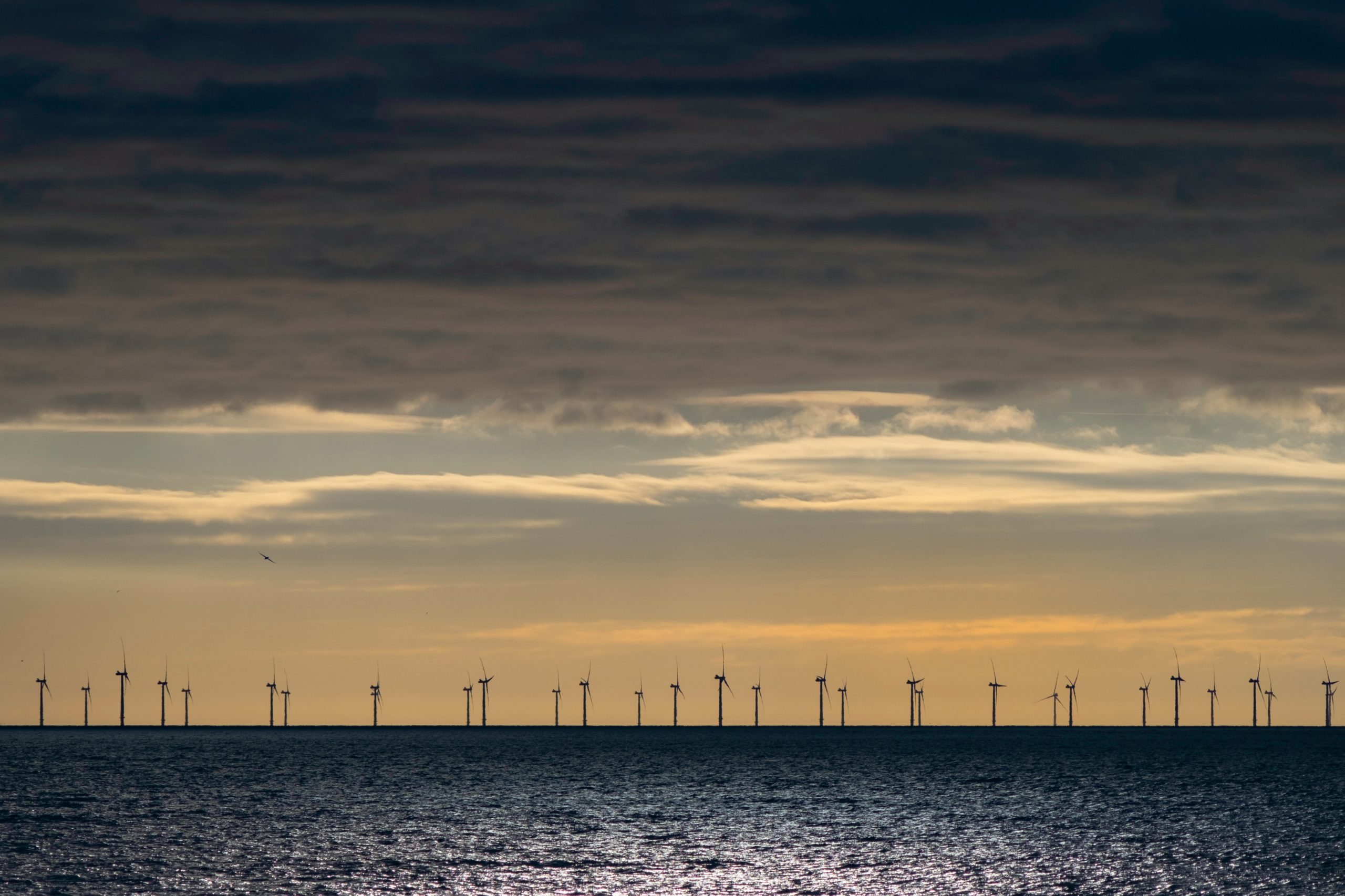Ireland has the potential to become a global offshore leader

The Government of Ireland recently signed up to the Glasgow Climate Pact and has used the group as an opportunity to announce several new targets, including the development of 5GW of offshore wind by 2030. Achieving this would double the existing onshore and offshore wind capacity in Ireland.
While some of the targets are ambitious, industry experts believe the goal for offshore wind is very achievable. The total offshore wind resource is large enough to power the electricity requirements of Ireland. At present, there are over 30 projects with a combined capacity of nearly 30GW in various stages of development. There is concern from several industry professionals on whether the Irish government can deliver on its climate plans based on previous claims. Six years after the Paris Agreement, an optimistic forecast suggests Ireland will only reach a 24% reduction in emissions by 2030, despite introducing a new target of just over 50%. Studies show that the national cattle herd, a significant contributor to emissions in Ireland, has continued to grow, with agriculture now contributing to one-third of the total emissions in Ireland.
Ireland stands to gain from offshore wind
The Irish offshore wind industry is still in its infancy, with the 24 megawatts Arklow Bank the only operating wind farm in Irish waters. But the country has a lot to gain. A growing offshore wind sector will help achieve emissions reduction targets and make Ireland less dependent on energy imports. It will also protect Ireland against spikes in energy prices on the international markets.
Challenge between policy and decisive action
There are still some challenges lying ahead for the Irish offshore wind industry. Last year Norwegian oil and gas business Equinor confirmed that it was ending its offshore wind partnership with ESB due to dissatisfaction with Ireland’s regulatory and planning system. While this is a significant move, the Irish government continue to remain positive, believing several other businesses are willing to take the place of Equinor. The Irish government intends to hold several renewable energy auctions this year, with the anticipated construction of new offshore wind projects beginning in 2025. However, wind industry representatives and associated climate advisors believe these plans aren’t happening quick enough. They believe the legislation needs to transform the planning framework in Ireland to enable a faster transition.
The Maritime Area Planning Bill passed at the end of 2021 indicates some momentum in terms of legislative change. The Irish government conceded that there are lots to be done to create the necessary regulations for the industry to progress effectively.
Meanwhile, the UK government confirmed the construction of a further 12GW of offshore wind. The Netherlands announced an offshore wind capacity target of 11GW by 2030, despite having a maritime area that is considerably smaller than that of Ireland. Plans in other countries suggest that Ireland is potentially falling behind with offshore wind development. In reality, there is no guarantee that all of the planned 30 projects will go ahead, especially if existing legislation remains unchanged.
This year is vital for the government of Ireland to prove how serious they are about offshore wind development by creating the necessary legislative framework and supporting ongoing progress within the offshore wind industry.